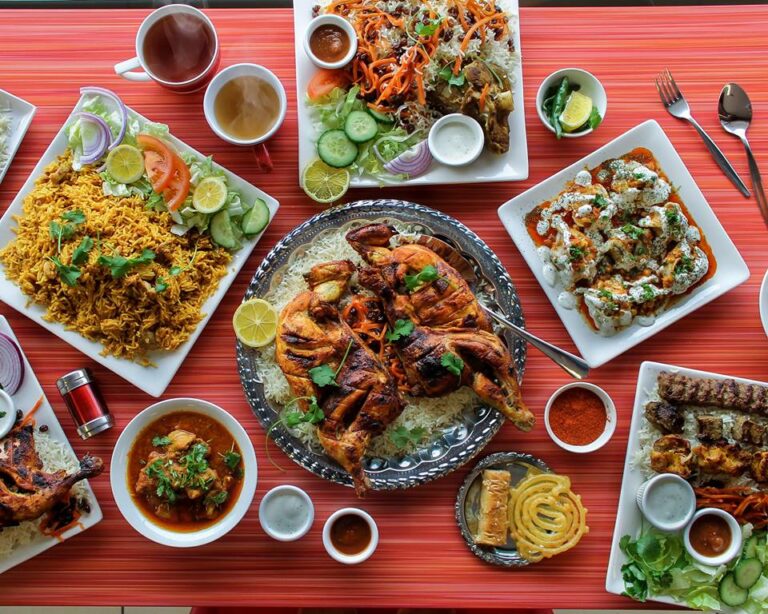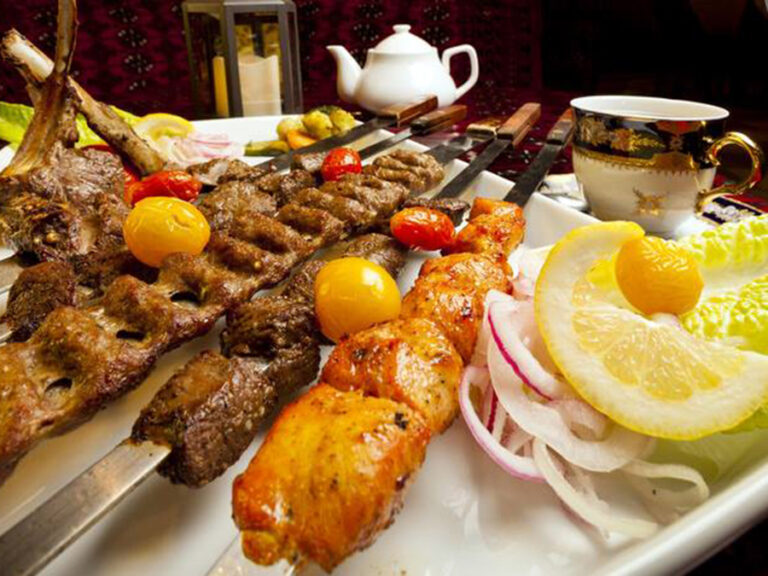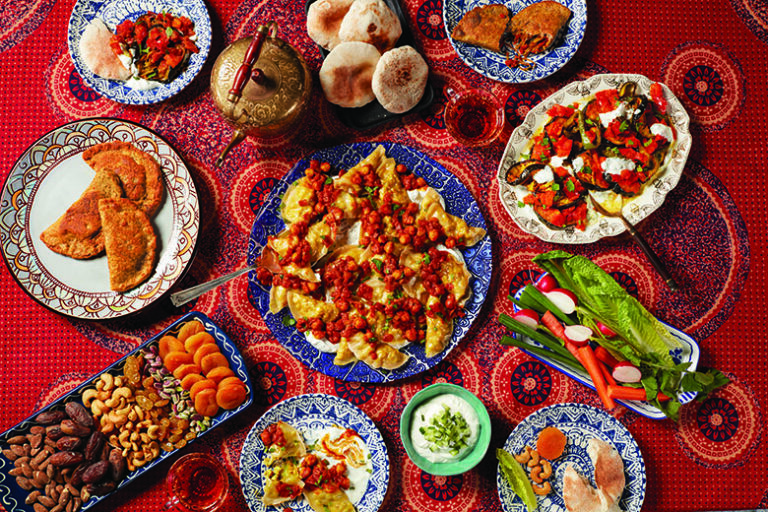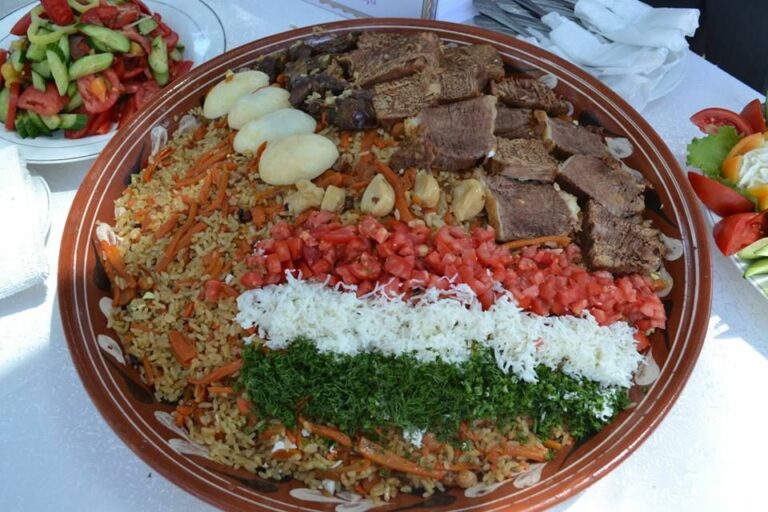Introduction: Exploring Afghan Cuisine
Afghan cuisine is a tantalizing blend of Middle Eastern and South Asian flavors, with a unique twist all its own. In Afghanistan, food is not just sustenance – it is a way of life. The country’s rich culinary culture reflects its long history and diverse geography. From the rugged mountains of the Hindu Kush to the lush valleys of the Amu Darya River, each region of Afghanistan has its own distinct culinary traditions and ingredients. Whether you’re a seasoned foodie or just discovering the joys of Afghan cuisine, the vibrant flavors and aromas of this exotic cuisine are sure to delight your senses.
The Influence of Geography and History on Afghan Cuisine
Afghanistan’s history as a crossroads between East and West has had a profound impact on its cuisine. The country’s location along the ancient Silk Road trade route meant that it was exposed to a wide variety of culinary influences from neighboring countries like Iran, Pakistan, and India. Over time, these influences merged with indigenous Afghan ingredients to create a distinctive cuisine. The country’s harsh, mountainous terrain and arid climate have also shaped its culinary traditions. For example, hearty stews and meat dishes are popular in colder regions like the north, while lighter, vegetable-based dishes are more common in the warmer south.
Staple Ingredients in Afghan Cooking
Afghan cuisine is characterized by its use of fresh, wholesome ingredients like lamb, chicken, rice, and vegetables. Rice is a staple of Afghan cooking, and is often flavored with saffron, cardamom, or other spices. Meat dishes like qabuli pulao (a rice and meat dish) and kebabs are also popular. Vegetables like eggplant, tomatoes, and okra are often used in stews and curries. Afghan bread, known as naan, is a staple accompaniment to meals.
Spice Blends: The Key to Afghan Flavor
Spices are an essential component of Afghan cuisine, and are used to add depth and complexity to dishes. Some of the most commonly used spices in Afghan cooking include cumin, coriander, turmeric, and ginger. Spice blends like garam masala and ras el hanout are also used to add flavor to dishes. Afghan cuisine is not known for its spiciness, but rather for its depth of flavor and complexity.
Popular Afghan Dishes and Their Flavor Profiles
Some of the most popular Afghan dishes include qabuli pulao, a rice and meat dish flavored with saffron and served with a side of raisins and almonds; bolani, a savory stuffed flatbread; and mantu, steamed dumplings filled with spiced ground meat and topped with yogurt sauce and mint. The flavors of these dishes are characterized by a rich mix of spices, herbs, and other ingredients.
Regional Variations in Afghan Cuisine
Afghan cuisine varies greatly from region to region. In the north, for example, dishes tend to be meat-heavy and rice-based, with a focus on hearty stews and soups. In the south, on the other hand, vegetables and legumes are more common, and dishes tend to be lighter and spicier. The central region of Afghanistan is known for its breads and pastries, while the east is famous for its kebabs and grilled meats.
The Role of Hospitality in Afghan Dining Culture
Hospitality is an integral part of Afghan dining culture. Guests are treated with the utmost respect and generosity, and it is common for hosts to go to great lengths to ensure that their guests are well-fed and comfortable. Meals are often served family-style, with a variety of dishes offered to guests. Tea is also an important part of Afghan hospitality, and is served throughout the day.
Conclusion: Savoring the Unique Flavors of Afghan Cuisine
Afghan cuisine is a vibrant and flavorful cuisine that reflects the country’s rich cultural heritage and diverse geography. From the hearty stews and meat dishes of the north to the lighter, spicier fare of the south, there is something to satisfy every palate. Whether you’re a seasoned foodie or just discovering the joys of Afghan cuisine, be sure to savor the unique flavors and aromas of this exotic cuisine.










